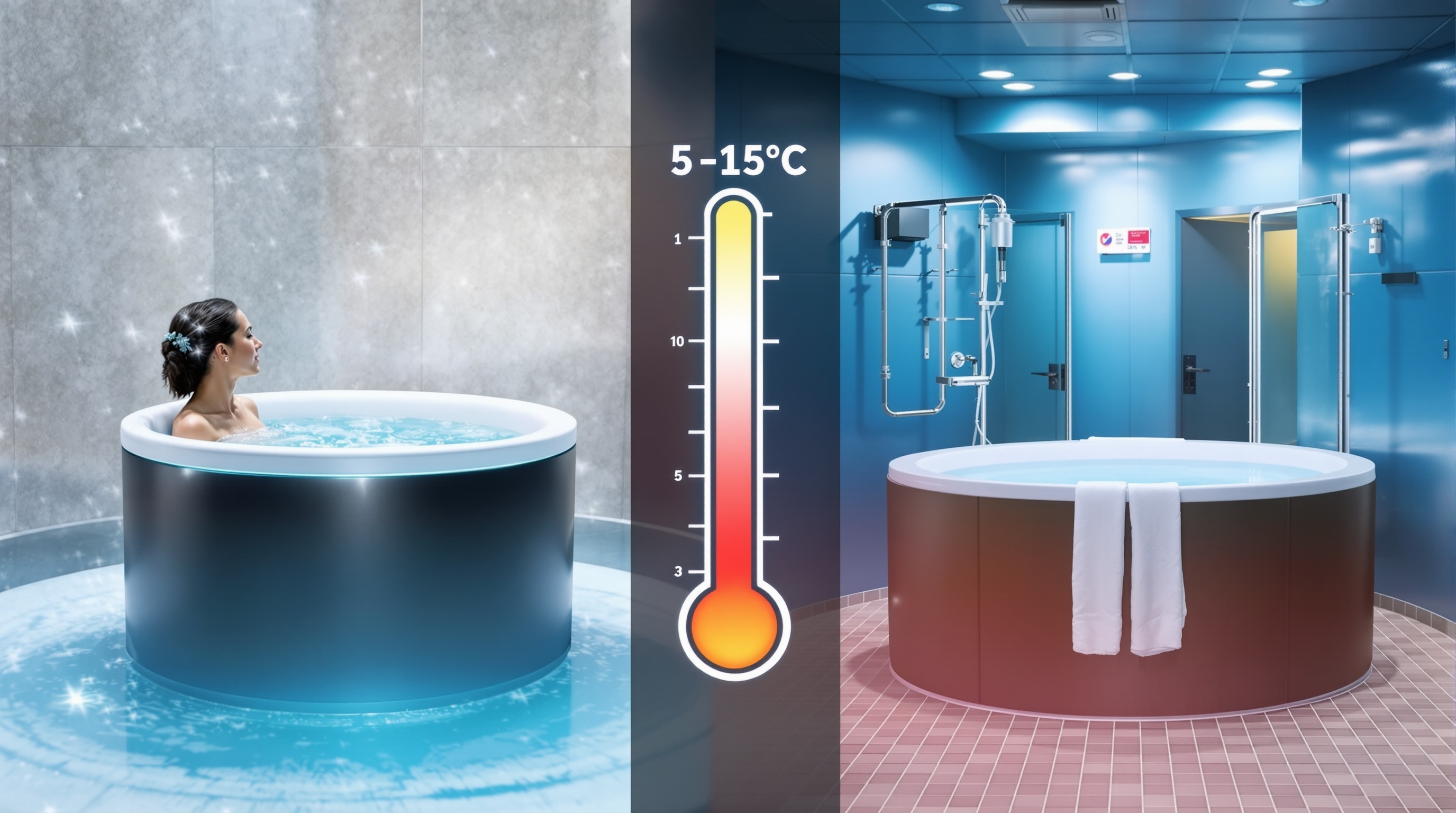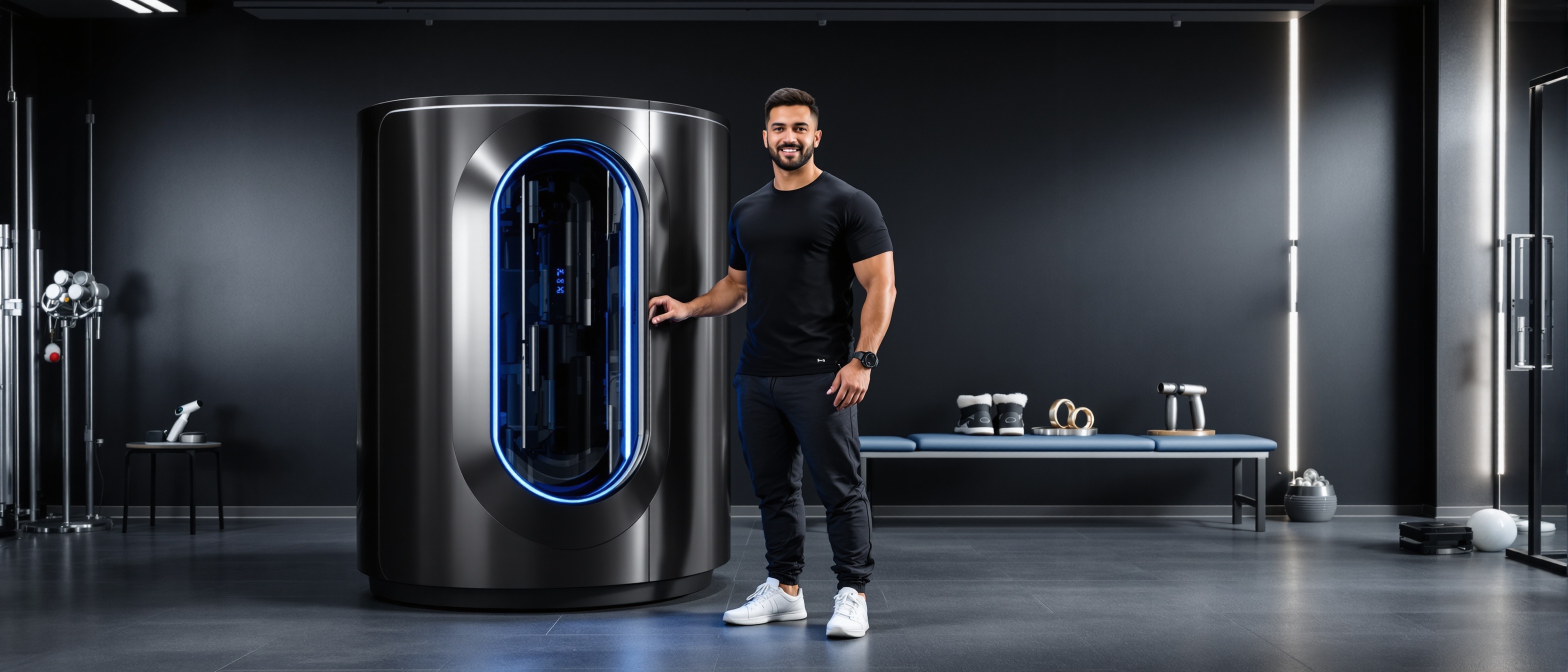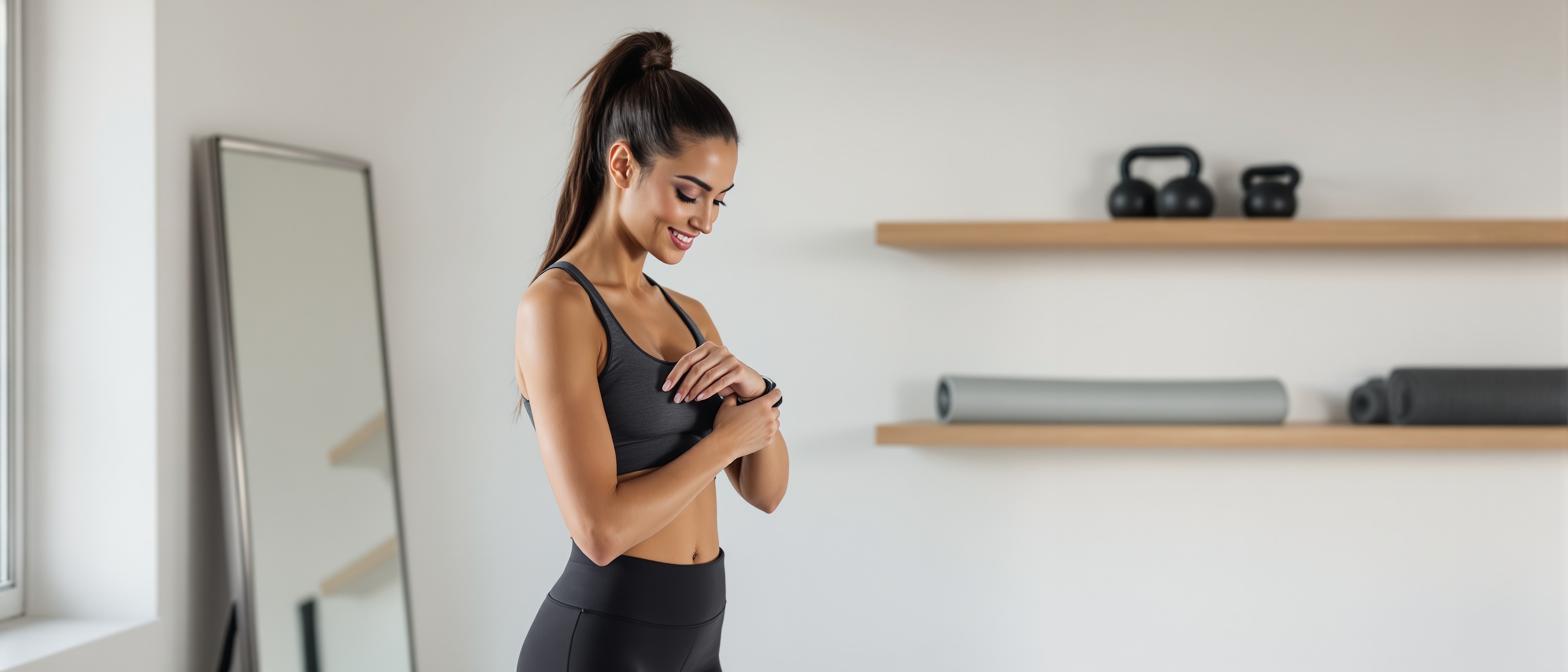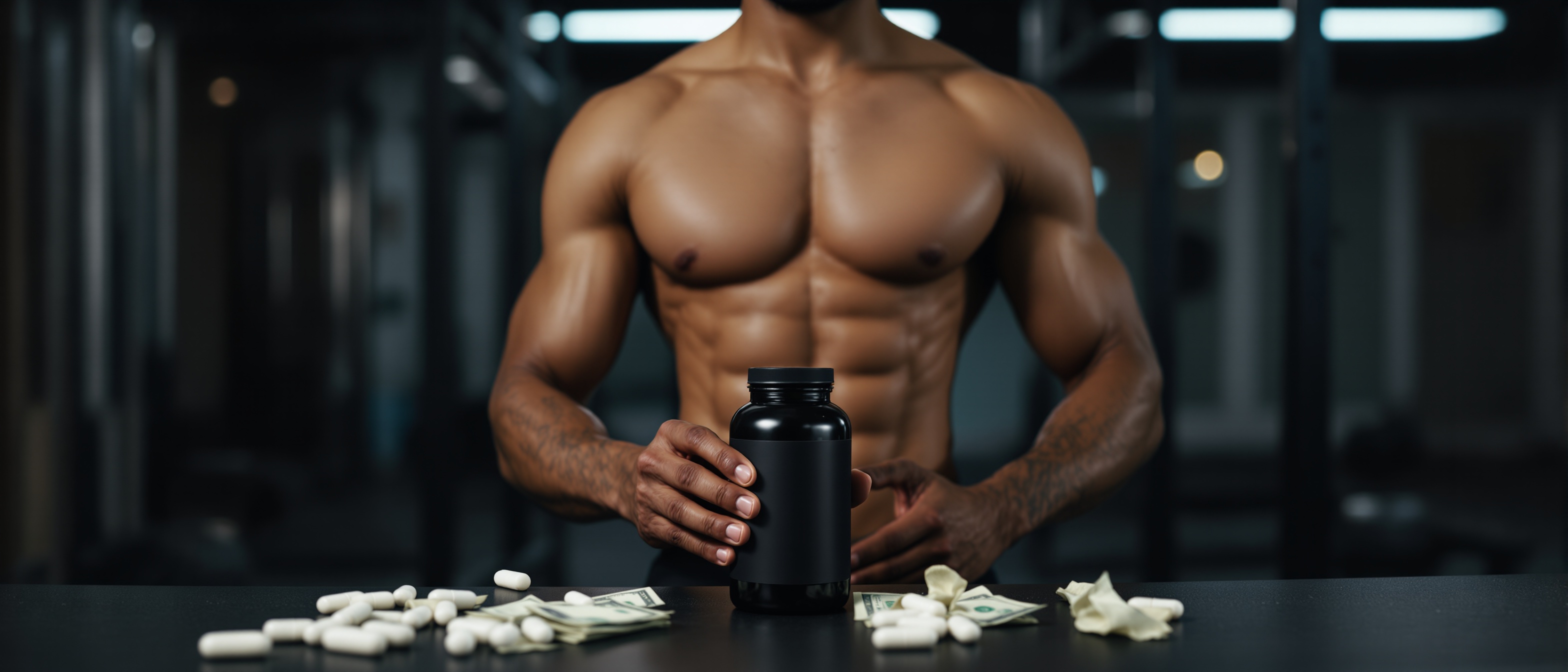Portable Cold Plunges: Science-Backed Benefits, Safety, and What Actually Works
The $2,000 portable tub that promises the same recovery benefits as a $15,000 commercial cold plunge.
But does the science actually support the hype—or are you just getting expensive ice water?
Why this matters now
Cold plunge therapy has exploded from elite athlete secret to mainstream wellness trend, with portable units flooding the market promising commercial-grade recovery at home. Search interest has skyrocketed, fueled by social media testimonials and celebrity endorsements. But here's the reality check: while the science behind cold water immersion is solid, the gap between marketing promises and actual evidence is wider than you might think.
The portable cold plunge market is booming because people want the benefits without the hassle—no gym membership, no scheduling around facility hours. You've probably seen the Instagram ads: sleek tubs that promise to transform your recovery routine and maybe even torch fat while you're at it.
But before you drop thousands on what could be an expensive ice bucket, let's dig into what actually works and what's just clever marketing.
What to do
The proven protocol:
Cold water immersion at 5-15°C (41-59°F) for 10-15 minutes post-exercise delivers genuine recovery benefits [1]. Multiple meta-analyses confirm that this temperature range and duration significantly reduces delayed-onset muscle soreness and fatigue markers like creatine kinase [2][3].
Your progressive approach:
Beginner (Weeks 1-2):
- Temperature: 12-15°C (54-59°F)
- Duration: 3-5 minutes
- Frequency: 2-3 times weekly after intense workouts
- Focus: Acclimation and safety
Intermediate (Weeks 3-6):
- Temperature: 8-12°C (46-54°F)
- Duration: 5-10 minutes
- Frequency: 2-4 times weekly post-exercise
- Focus: Consistency and tolerance building
Advanced (Week 7+):
- Temperature: 5-10°C (41-50°F)
- Duration: 10-15 minutes
- Frequency: As needed for recovery
- Focus: Optimal therapeutic benefit
Home vs. gym setup:
Portable units: Offer convenience but may struggle with temperature consistency. Look for models with reliable cooling systems and accurate thermostats. Expect to add ice regularly.
DIY alternatives: Large garbage bins, chest freezers, or stock tanks work but require constant temperature monitoring. Honestly, it's more hassle than most people want to deal with long-term.
Form cues & common mistakes
Getting in safely:
- Enter slowly—sudden immersion triggers the cold shock response that can be dangerous
- Breathe steadily through your nose, avoiding hyperventilation
- Keep hands and feet visible; numbness can mask frostbite risk
- Exit immediately if you experience chest pain or extreme shivering
Common mistakes and fixes:
- Mistake: Jumping straight to extreme temperatures Fix: Start warmer and gradually decrease over weeks
- Mistake: Staying in too long to "prove toughness" Fix: Quality over duration—proper temperature matters more than time
- Mistake: Using it daily for "more benefits"
Fix: Recovery happens between sessions; 2-3 times weekly is optimal
Progressions/regressions & equipment alternatives
If portable units are too expensive:
- Cold showers (not ideal but accessible): 2-4 minutes at coldest setting
- Natural bodies of water: Rivers, lakes, ocean (with safety considerations)
- Ice baths in standard bathtubs: Less immersion but still beneficial
Temperature monitoring alternatives:
- Digital aquarium thermometers (cheap and accurate)
- Infrared thermometer guns (quick surface readings)
- Smart temperature sensors with phone alerts
Making it work without breaking the bank: Start with cold showers to build tolerance before investing in equipment. If you're committed after 2-3 months, then consider upgrading.
Recovery & safety
Who should definitely avoid cold plunge therapy:
People with cardiovascular disease, Raynaud's syndrome, cold urticaria (cold allergy), or pregnancy should steer clear [4]. The rapid cardiovascular changes—increased heart rate and blood pressure—can trigger serious complications in vulnerable individuals.
Red flag symptoms:
- Chest pain or pressure
- Severe difficulty breathing
- Numbness that doesn't resolve quickly
- Prolonged violent shivering
- Mental confusion or dizziness
Post-plunge protocol:
- Warm up gradually with blankets or warm (not hot) clothing
- Avoid hot showers immediately after—this can cause dangerous blood pressure swings
- Light movement helps restore circulation
- Monitor how you feel for the next hour
Evidence snapshot
The research is clear on recovery benefits but murky on everything else. A 2025 network meta-analysis found that cold water immersion protocols using 10-15 minutes at 5-15°C significantly reduced muscle damage markers and perceived soreness compared to passive recovery [1].
However, weight loss claims need serious perspective. While cold exposure can activate brown fat and temporarily increase metabolism, evidence for sustained weight loss remains weak and inconclusive [5]. The calorie burn from shivering is minimal, and your body adapts quickly.
What we don't know yet:
- Direct comparisons between portable and commercial units
- Long-term effects of regular home cold exposure
- Optimal timing relative to different types of exercise
- Individual variation in response and adaptation
The portable vs. commercial question is particularly frustrating—no studies have directly compared their effectiveness. Commercial units offer better temperature control and filtration, but whether this translates to better outcomes is unknown.
References
[1] Impact of different doses of cold water immersion (duration and temperature) on post-exercise recovery — Frontiers in Physiology (2025). https://www.frontiersin.org/journals/physiology/articles/10.3389/fphys.2025.1525726/full
[2] Effects of cold water immersion after exercise on fatigue recovery: a systematic review and meta-analysis — PubMed Central (2023). https://pmc.ncbi.nlm.nih.gov/articles/PMC9896520/
[3] Effects of Cold-Water Immersion Compared with Other Recovery Modalities on Athletic Performance Following Acute Strenuous Exercise: A Systematic Review and Meta-Analysis — Sports Medicine (2022). https://www.fisiologiadelejercicio.com/wp-content/uploads/2022/12/Effects_of_Cold-Water_Immersion_Compared_with_Othe.pdf
[4] To #coldplunge Or Not To #coldplunge — UVM Health Network. https://www.uvmhealth.org/healthsource/coldplunge-or-not-coldplunge
[5] People with brown fat may burn 15 percent more calories — Endocrine Society (2020). https://www.endocrine.org/news-and-advocacy/news-room/2020/people-with-brown-fat-may-burn-15-percent-more-calories





